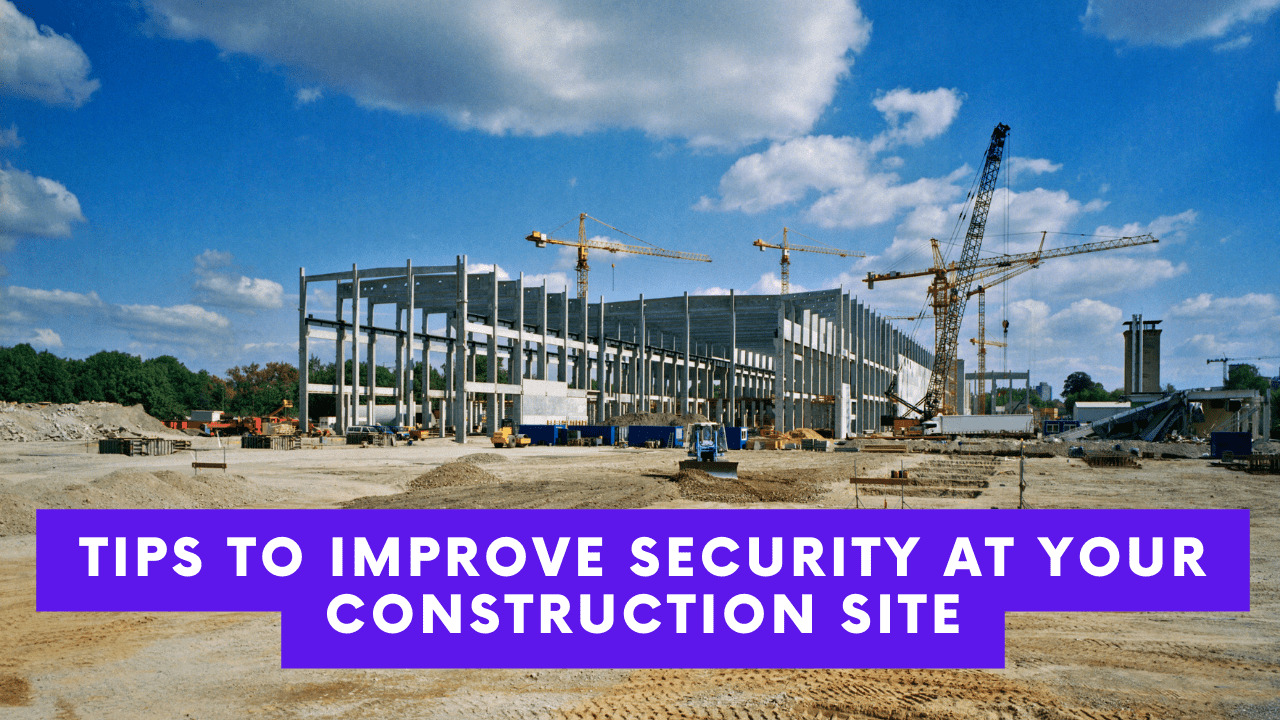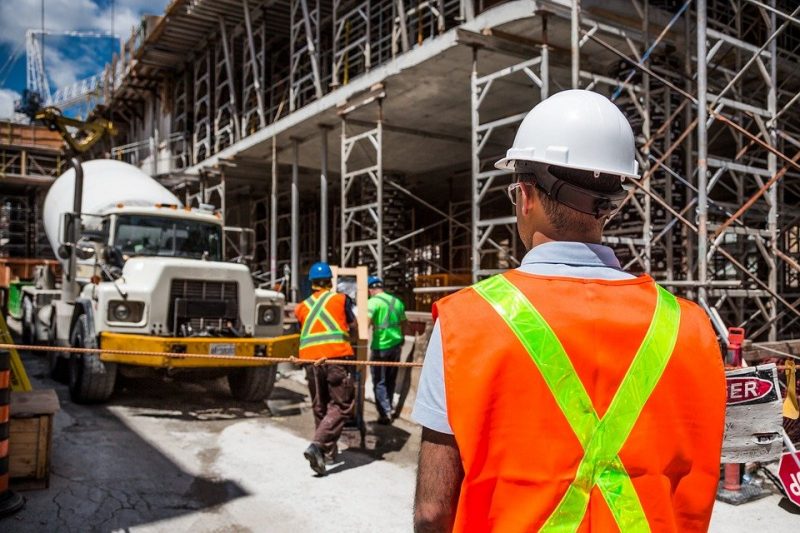Construction sites are always dangerous, as many potential hazards can cause serious injuries or even death. According to OSHA (The Occupational Safety and Health Administration), there are four main types of construction accidents:
- Falls: Falls from heights are the leading cause of death in construction.
- Struck by object: This happens when a worker is hit by a falling or moving object.
- Caught in between: A dangerous and often confusing experience for workers when caught between two objects or something above them on the ground.
- Electrocutions: The construction industry deals with electricity, whether direct contact or indirect use, and this is the 4th leading factor for accidents. Electrocution refers to the killing or injury of a worker by electric shock.
It would help if you eliminated maximum risks by taking measures to help improve safety at your construction site. Here are a few of the actions you can take to ensure worker safety.
Table of Contents
1. Safety training programs
Safety training is one of the most important measures to improve safety at your construction site. Ensure all workers are adequately trained on the dangers of the job and the proper safety procedures to follow.
You can also provide additional safety training on specific hazards present at your site, with services like WeDoTraining.com making it easy to arrange health and safety training near your location..
2. Personal protective equipment
Personal protective equipment (PPE) is a must at any construction site. Workers should be appropriately equipped with the right PPE for the job.
This includes hard hats, safety glasses, earplugs or muffs, work boots, and safety vests. You can also invest in prescription safety glasses to decrease the risk of eye injuries. According to OSHA, the use of PPE can reduce the risk of injury by 50-70%.
3. Equipment Inspection
Before each shift, inspect all equipment and tools to ensure they are in good working condition. This includes ladders, scaffolds, power tools, and vehicles.
If you notice any damage or defects, do not use the equipment and report it to a supervisor. You can also create a maintenance program to inspect regularly and repair equipment. It will help to ensure that all equipment is in safe working condition.
4. Use proper signage
Proper signage is essential for any construction site. Signs should be placed in strategic locations to warn workers of potential hazards. Ensure all workers are familiar with the signs and know what they mean.
Posted signs should also include information on the proper safety procedures to follow. You can also create specific signage for your site. And to be OSHA-compliant, always use standardized warning symbols.
5. Keep the site clutter-free
A cluttered workspace can lead to accidents. Make sure the work area is clean and free of debris. This includes removing trip hazards, such as cords and hoses, and keeping walkways clear.
You can also use designated areas for storing tools and materials, so they are not in the way. However, always be aware of the potential for fire if any flammable materials are stored near heat sources.
6. Establish rules and regulations
It is crucial to have rules and regulations at your construction site. This includes rules for safe work practices, behavior, and dress code. Ensure all workers are familiar with the rules and know what is expected of them. You can also post the rules in a visible location, so they are always easy to reference.
7. Improve lighting
Poor lighting can lead to accidents. Make sure the work area is well-lit, so workers can see what they are doing. You can also install lighting in dark areas, such as crawl spaces and attics. Luckily, many different types of lighting can be used in a construction setting, such as LED lights, headlamps, and safety vests with built-in lamps.
8. Use barriers
Barriers can help protect workers from potential hazards. For example, they can be used to block off under construction or repair areas.
Barriers can also be used to separate pedestrians from construction sites. And when working near a roadway, barriers can be used to protect workers from passing traffic. Moreover, using the right type of barrier can help improve safety at your construction site.
9. Invest in technology
Many different types of technology can improve safety at a construction site. For example, you can use drones to inspect the site and identify potential hazards.
You can also use GPS tracking to monitor the movement of workers and vehicles and video surveillance to record accidents and safety violations. By investing in the right technology, you can make your construction site safer.
10. Hire a safety consultant
If you want to improve safety at your construction site, consider hiring a safety consultant. A safety consultant can help identify potential hazards and develop a safety plan for your site.
They can also provide training for your workers on safe practices in a construction environment. And if you already have a safety plan in place, a safety consultant can help improve it.
Bottom Line
Construction sites are inherently dangerous. You must be proactive to create a safe working environment. There are many ways to improve the security of your construction site.
You can start with the OSHA guidelines and then build from there. Other ways to improve safety include using proper signage, keeping the workspace clutter-free, investing in technology, and hiring a safety consultant. You can make your construction site a safe place to work by following these tips.






